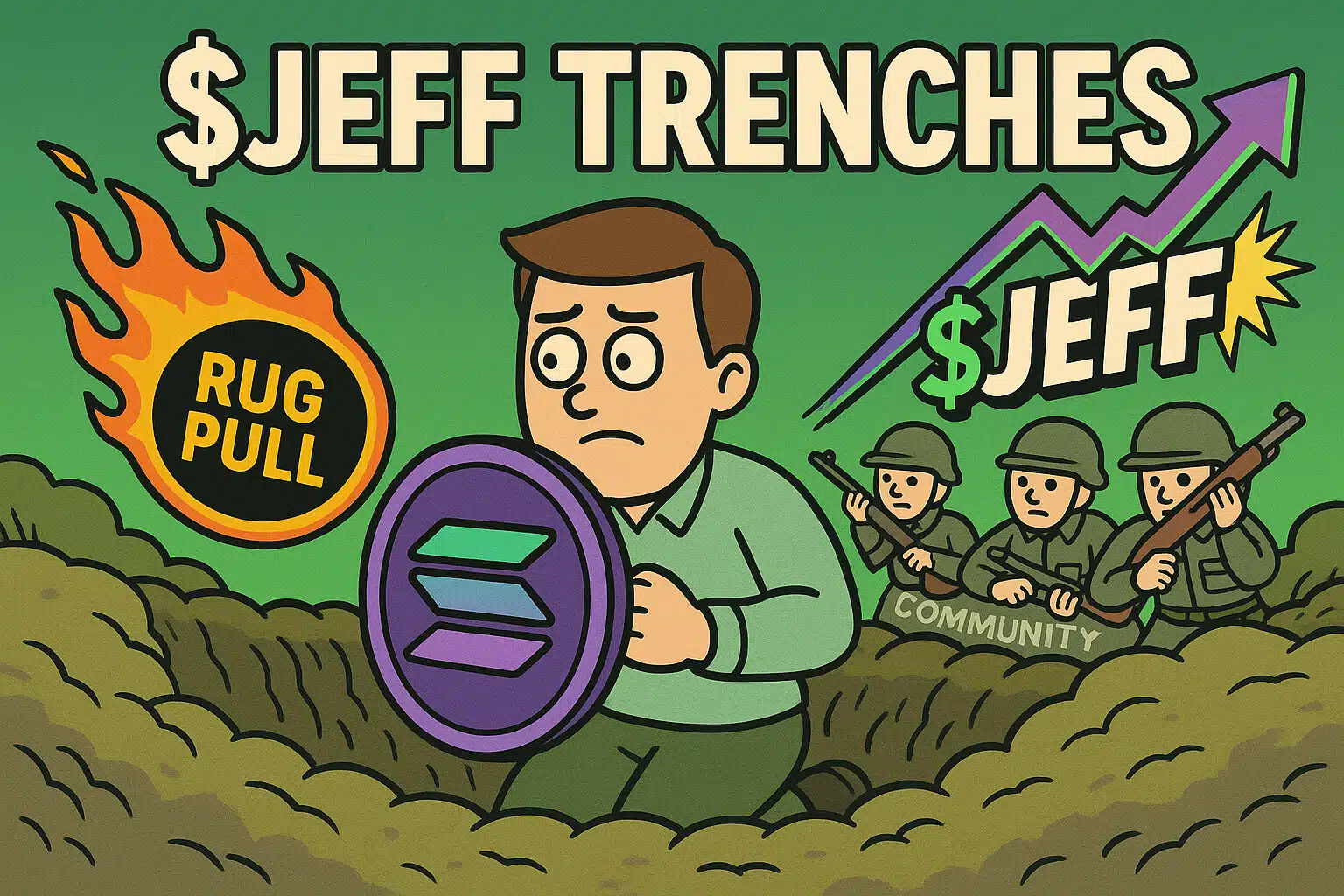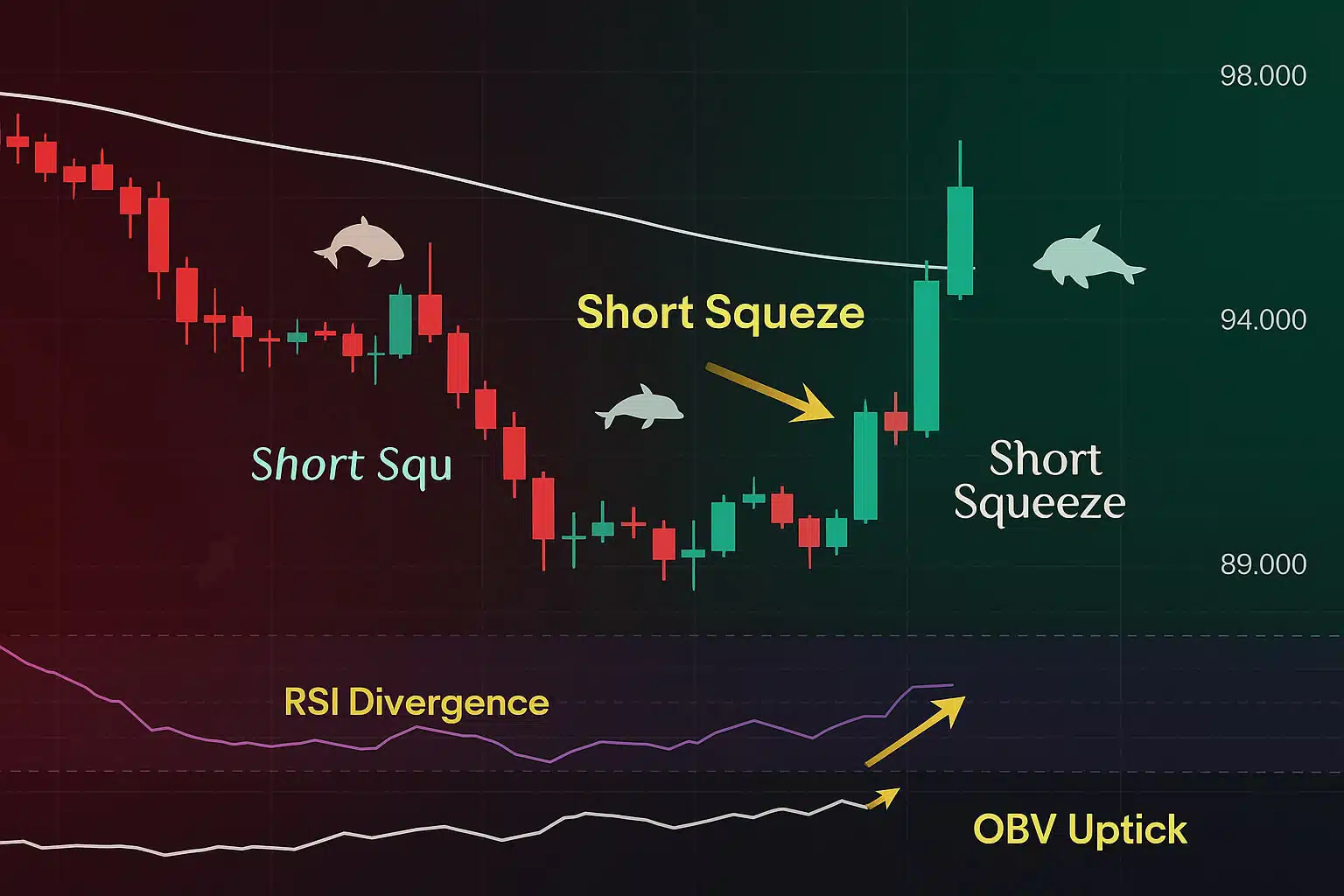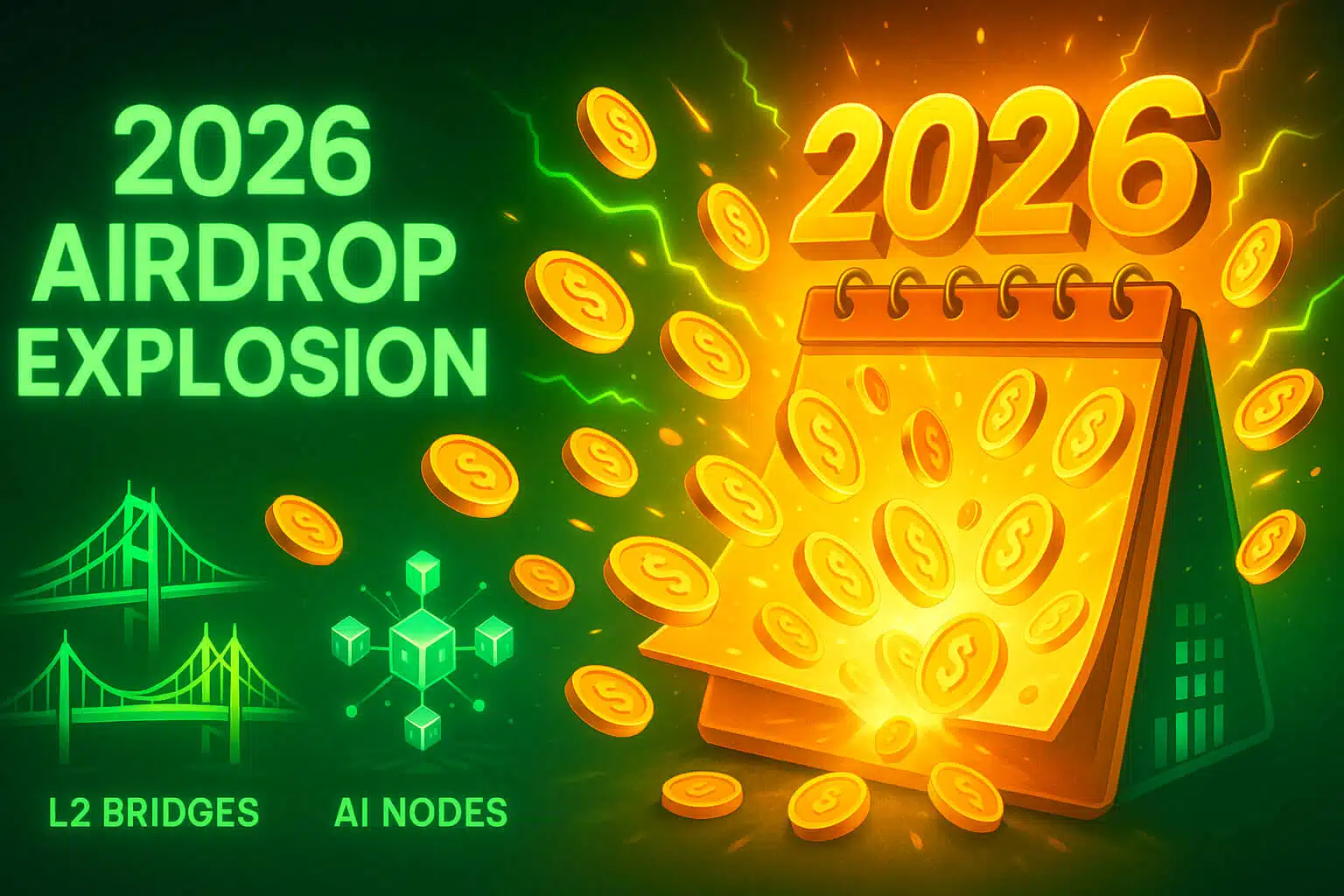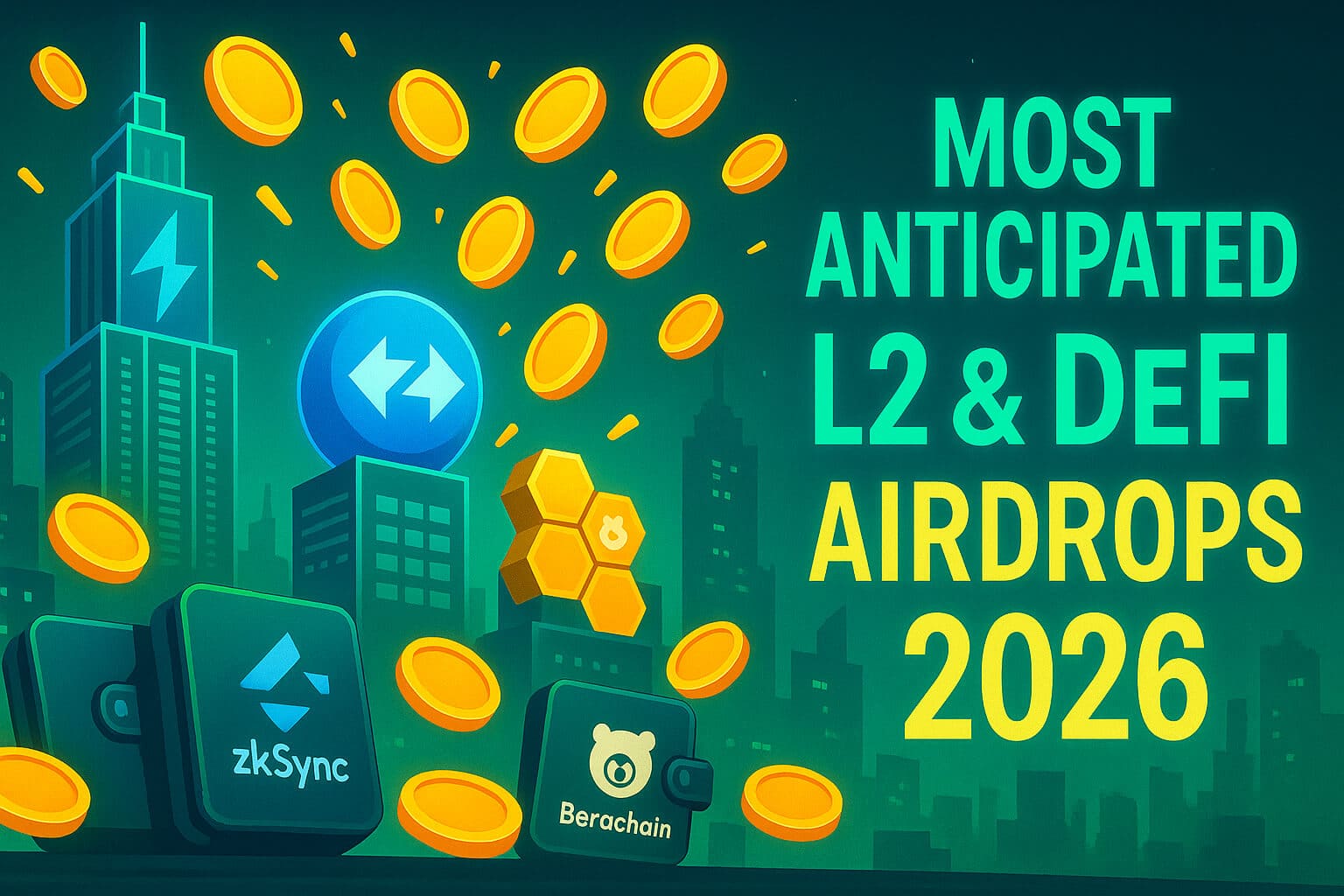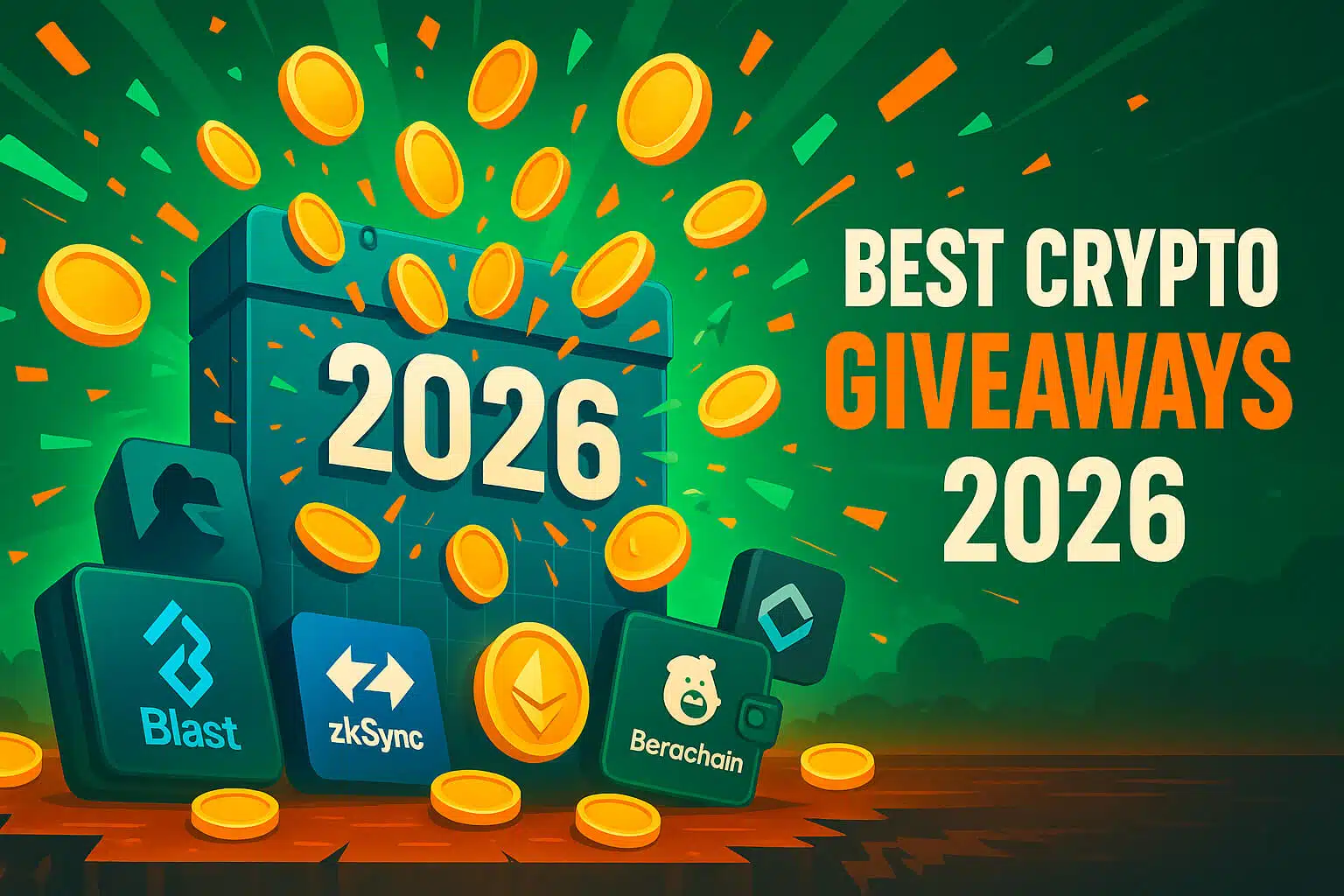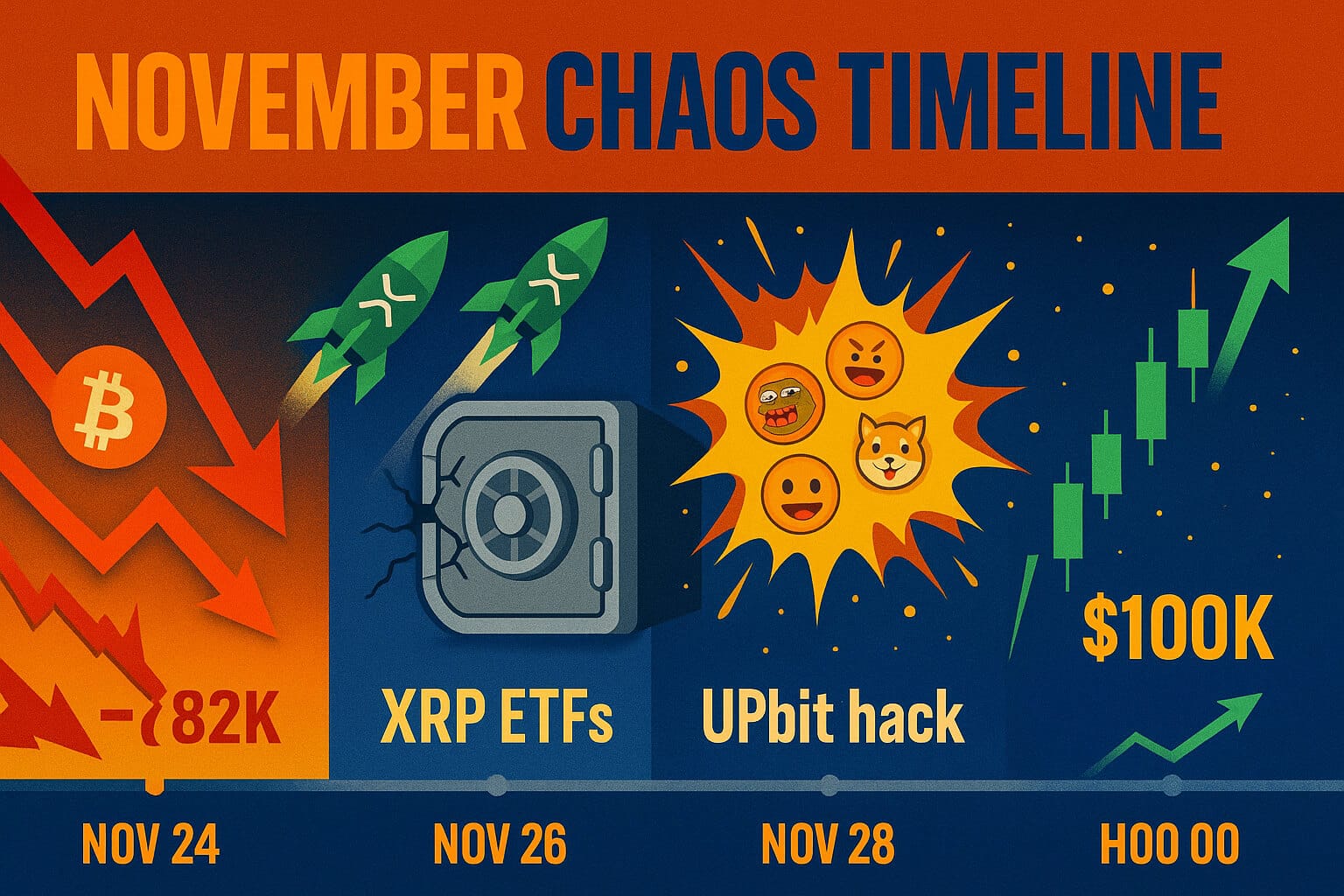Traditional social media platforms have long dominated the digital space, but issues such as centralized control, privacy concerns, and censorship have led to growing dissatisfaction. This has sparked the rise of decentralized social networks, which leverage blockchain technology to prioritize user ownership, transparency, and freedom of expression.
One of the most effective strategies driving these platforms’ adoption is the use of airdrops. By distributing free tokens, decentralized social networks incentivize user participation, reward content creators, and build engaged online communities. This article explores how airdrops and decentralized social networks are reshaping the future of social media.
1. What Are Decentralized Social Networks?
Decentralized social networks are blockchain-based platforms designed to empower users through data ownership, transparency, and community governance. Unlike traditional platforms, these networks operate on decentralized infrastructures, ensuring that no single entity has control over content or user data.
1.1 Key Features of Decentralized Social Platforms
- User Ownership: Users control their data and decide how it is shared or monetized.
- Censorship Resistance: Blockchain technology ensures freedom of expression and prevents unjust content removal.
- Tokenized Economies: Tokens reward user contributions, such as posting, curating, or engaging with content.
- Community Governance: Users participate in decision-making processes through governance tokens.
Prominent examples of decentralized social networks include Steemit, Lens Protocol, Mastodon, and DeSo (Decentralized Social).
2. How Airdrops Drive Decentralized Social Media Growth
2.1 Attracting New Users with Airdrops
Airdrops provide free tokens to users as an incentive to join and explore decentralized social platforms. These rewards lower the barrier to entry and encourage users to create profiles, post content, and interact with the community.
Example: DeSo
DeSo used airdrops to onboard users and developers, expanding its blockchain-powered social media ecosystem and driving early adoption.
2.2 Rewarding Content Creators
Decentralized social platforms use airdrops to reward creators who contribute valuable content. These incentives foster a vibrant ecosystem where users are motivated to create and engage consistently.
Example: Steemit
Steemit rewards content creators and curators with STEEM tokens, turning user contributions into income and attracting a global community of writers and creators.
2.3 Empowering Community Governance
Governance token airdrops give users a voice in shaping platform policies and future developments. This decentralization builds trust and ensures that the community drives platform growth.
Example: Lens Protocol
Lens Protocol distributed governance tokens to its community, enabling users to vote on proposals and influence the direction of the platform.
2.4 Supporting Developer Innovation
Airdrops also incentivize developers to build decentralized applications (dApps) and features for social platforms, driving technological advancements and expanding functionality.
3. Benefits of Airdrops for Decentralized Social Networks
3.1 Expanding Community Participation
Airdrops encourage users to explore and engage with decentralized platforms, building strong and active communities.
3.2 Driving Content Creation
Tokens distributed through airdrops incentivize creators to produce high-quality content, ensuring the platform remains engaging and relevant.
3.3 Strengthening Governance
Governance token airdrops empower users to shape platform decisions, creating a decentralized and user-driven environment.
3.4 Promoting Long-Term Engagement
By rewarding both creators and active participants, airdrops foster loyalty and ensure sustained user involvement.

4. Challenges of Airdrops in Decentralized Social Platforms
Despite their advantages, airdrops in decentralized social networks face challenges:
4.1 Token Dumping
Some users sell their tokens immediately, leading to price volatility and reducing the campaign’s impact.
4.2 Limited Engagement
Not all airdrop recipients actively engage with the platform after claiming tokens, resulting in lower-than-expected retention rates.
4.3 High Campaign Costs
Executing large-scale airdrops can be costly, especially for newer social platforms with limited resources.
Solutions to Overcome Challenges
- Vesting Schedules: Lock tokens for a set period to encourage long-term participation.
- Targeted Airdrops: Reward active users, such as content creators and frequent participants, who are more likely to engage.
- Educational Initiatives: Combine airdrops with tutorials or guides to help users understand platform features and benefits.
5. Examples of Decentralized Social Networks Leveraging Airdrops
5.1 DeSo (Decentralized Social)
DeSo distributed tokens to users and developers, accelerating adoption and encouraging innovation on its blockchain powered platform.
5.2 Steemit
Steemit rewards content creators with STEEM tokens, incentivizing high-quality content and building a global community of writers and curators.
5.3 Lens Protocol
Lens Protocol airdropped governance tokens to its community, promoting active participation and decentralized decision-making.
5.4 Mastodon
While Mastodon does not use token-based rewards, its decentralized model demonstrates the potential for community-driven social media.
6. The Future of Airdrops in Decentralized Social Media
As decentralized social networks continue to grow, airdrops will play a pivotal role in driving adoption and innovation. Emerging trends include:
6.1 Activity-Based Rewards
Airdrops will increasingly reward specific user actions, such as content creation, voting, or engagement, ensuring tokens reach active participants.
6.2 Cross-Platform Collaboration
Collaborative airdrops between decentralized platforms will encourage users to explore multiple ecosystems.
6.3 NFT Incentives
NFTs will serve as unique rewards for user achievements, such as creating viral content or contributing to platform growth.
6.4 Sustainable Airdrop Strategies
Projects will adopt vesting schedules and performance-based rewards to ensure long-term engagement and platform stability.
Conclusion: Airdrops Shaping the Future of Decentralized Social Networks
The combination of airdrops and decentralized social networks is revolutionizing the way online communities are built and managed. By incentivizing participation, rewarding content creation, and fostering decentralized governance, airdrops are driving the adoption of blockchain-based social platforms.
Projects like DeSo, Steemit, and Lens Protocol demonstrate the transformative power of airdrops in building vibrant, user-driven ecosystems. As decentralized social media continues to evolve, airdrops will remain at the forefront of this digital revolution.
For more insights and detailed guides on blockchain technologies, visit our Cryptocurrency Comparisons Guides.
Stay Updated
For the latest updates on decentralized social networks, blockchain trends, and cryptocurrency strategies, follow us on:
Stay informed with the latest blockchain insights at FreeCoins24.io.
Special Offer: Explore Decentralized Social Tokens on Bybit
Looking to trade tokens from decentralized social platforms? Sign up on Bybit today and claim up to $30,000 in deposit bonuses. Start exploring blockchain-powered social media with confidence!






